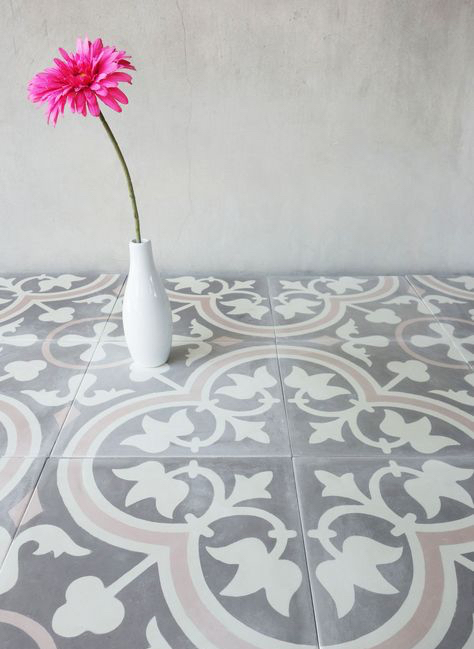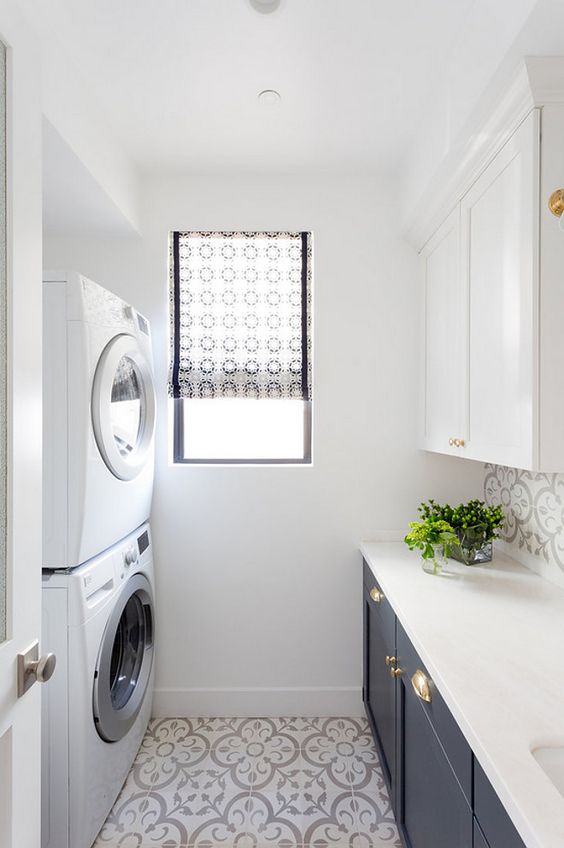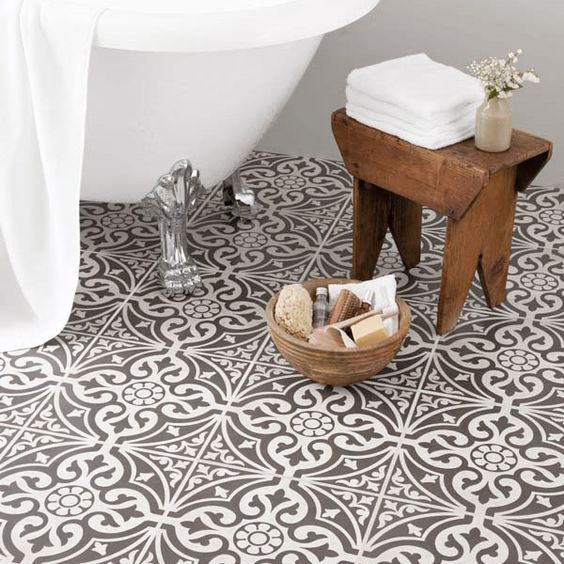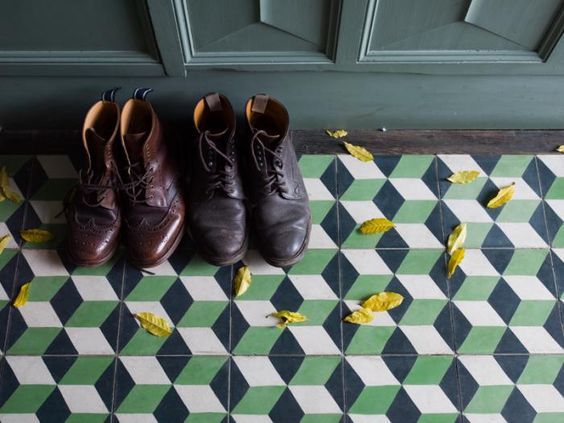Cement tiles or hydraulic tiles are handmade colourful tiles used as floor coverings. They appeared in Catalonia in the 1850s, and have been widely used in Europe and America.
They have this name because of the intricate patterns and designs that mimic the encaustic enameling process. They are completly hand-made, polut free and naturally dried, without being fired in a kiln, resulting an enviromently friendly production method. They derive their durability from the combination of finely dehydrated ground Portland cement layer and a more coarse layer of sand and cement. The pigment layer is hydraulically pressed into the surface and becomes a part of the tile.

Soft colours
In the United States, several sources say the first tiles were made near the country’s first Portland cement plant. Around the turn of the 20th century, the tiles were very popular and were considered a high-end floor covering. It was used in thousands of landmark public buildings and palaces.
By the end of the nineteenth century, the use of cement tile has become extremely popular among the wealthiest citizens of Barcelona. It is at a time when Art Nouveau is at its peak. Architects and designers alike created unique cement tiles that become increasingly more popular throughout other southern European countries.
Their popularity began to wane in the 1920s, but spread again in the 40s primarily in California and Florida.
Cement tiles are made by hand, one at a time, using mineral pigments, cement, a mold, and an hydraulic press. The metal mold is handmade following specific design drawings.
They are commonly used on floors, entrance, hall ways, kitchens and bathrooms. But not only this, after 1950 they begun to cover internal walls. There are coloured patterns, flourish ornaments, arabesques and beautiful curves turning into a carpet drawing.
They can be used on patchwork format, several types mismatching and combined into a different and imaginative combination.
For the ones that likes less the colours, there are monochromatic tiles, discrete and romantic.
And for the ones that are not into arabesques patterns, there are a lot of art deco influenced ones, where you can find geometric forms and perspective illusions.
Nowadays there are new factories producing a modern line of cement tiles, recreating the same expected quality in a new trademark. Enjoy!!

Just complementing the concrete floor 
Country and contemporary combination
Due to the capacity to be so flexible in colours, forms, designs and styles the cement hydraulic tiles are more popular now than in past, and you’ll see it all over the places.

Charming service area


On black and white
Liked this post? Please leave your comments below and send me some pictures from your cement floor preferred. See you soon!!!



























